5.7K Views
Echeveria - Lovely and Drought Tolerant Tender Succulents

by
Drought Smart Plants
(IC: blogger)
Echeveria are native to Mexico and South America, and when the succulent craze started a few years ago, I started seeing these unique and beautiful rosette forming succulents in all kinds of places.
They require well drained soil - this means a drain hole in the pot, and a mixture of gravel and potting soil, or specially customized cactus soil is best. Echeveria resent any lime in the soil, so avoid that in your soil mix.
As the leaves generally have pruinose, or a white waxy or powdery coating, I recommend using distilled water, or captured rainwater, which doesn't have any minerals or calcium in it, which can mar the foliage. Avoid handing the leaves, because that removes the 'bloom' and although it does grow back in time, it can be a problem if the plant is in full sun as this is the protective sun screen.
The flowers of Echeveria are fascinating; first a long stalk unfurls from the center of the rosette, and in some cases can reach almost 2' tall. Pink, coral or red bells dangle from the stalk, opening in sequence over two weeks or longer. Once the flowers fade, the bloom stalk can be cut off, and it will bloom again next year.
In some cases, the main stem of the plant will start to lose the lower leaves, while the rosette continues to grow taller and taller. The lower part of the stem becomes bare, and the plant resembles nothing so much as a palm tree; when it gets like this, it's time to 'behead' it and remake it into a brand new rosette.
They require well drained soil - this means a drain hole in the pot, and a mixture of gravel and potting soil, or specially customized cactus soil is best. Echeveria resent any lime in the soil, so avoid that in your soil mix.
As the leaves generally have pruinose, or a white waxy or powdery coating, I recommend using distilled water, or captured rainwater, which doesn't have any minerals or calcium in it, which can mar the foliage. Avoid handing the leaves, because that removes the 'bloom' and although it does grow back in time, it can be a problem if the plant is in full sun as this is the protective sun screen.
The flowers of Echeveria are fascinating; first a long stalk unfurls from the center of the rosette, and in some cases can reach almost 2' tall. Pink, coral or red bells dangle from the stalk, opening in sequence over two weeks or longer. Once the flowers fade, the bloom stalk can be cut off, and it will bloom again next year.
In some cases, the main stem of the plant will start to lose the lower leaves, while the rosette continues to grow taller and taller. The lower part of the stem becomes bare, and the plant resembles nothing so much as a palm tree; when it gets like this, it's time to 'behead' it and remake it into a brand new rosette.
Enjoyed the project?

Want more details about this and other DIY projects? Check out my blog post!
Published September 5th, 2013 9:20 PM
Comments
Join the conversation
4 of 41 comments
-
very interesting. Thx
 Eunice Rochner
on Sep 10, 2013
Eunice Rochner
on Sep 10, 2013
-
-
My mother had what she called Live Forever.It is not hard to grow.It looks like the Pallida picture.We live in W.Va. so I doubt if is the same.In the fall it gets flowers on it.Right now they are pink.But they will change again.At first the flowers are green.
 Marlene Wilson
on Sep 12, 2013
Marlene Wilson
on Sep 12, 2013
- See 1 previous
-




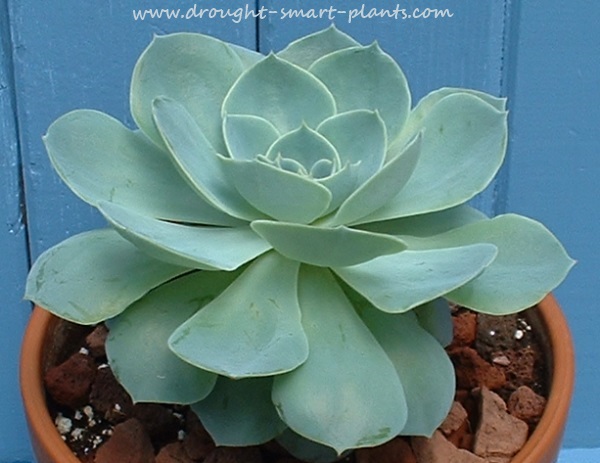

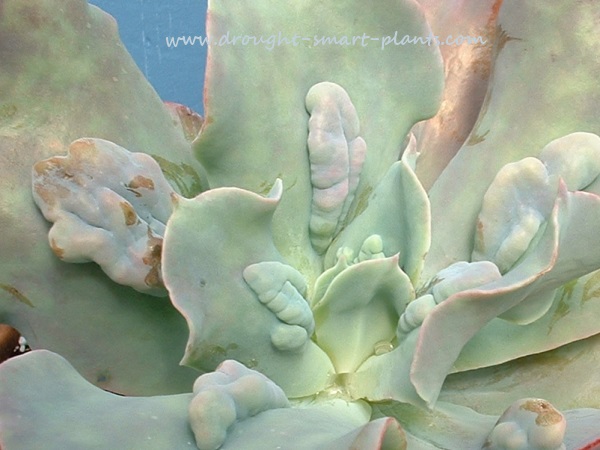
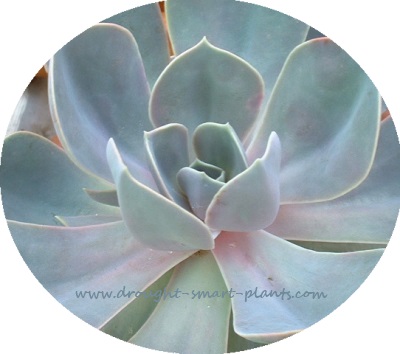
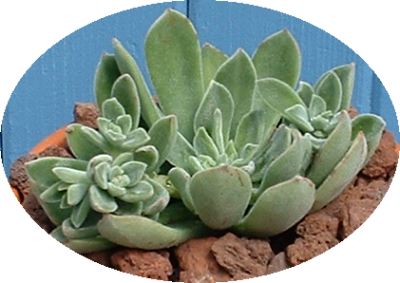
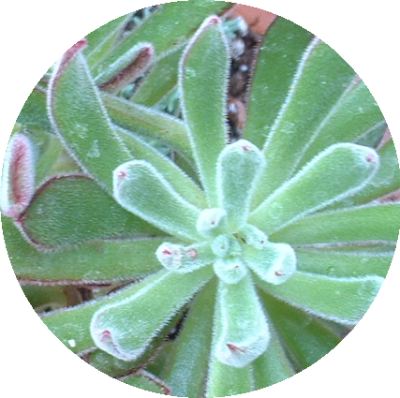



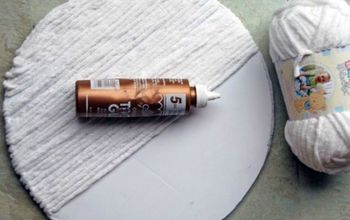



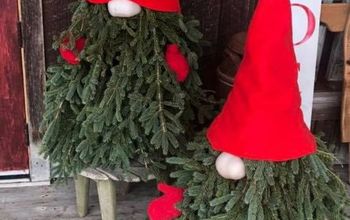








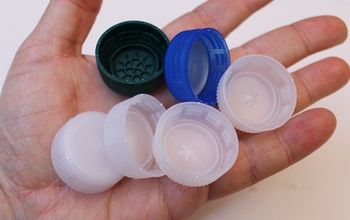








Frequently asked questions
Have a question about this project?